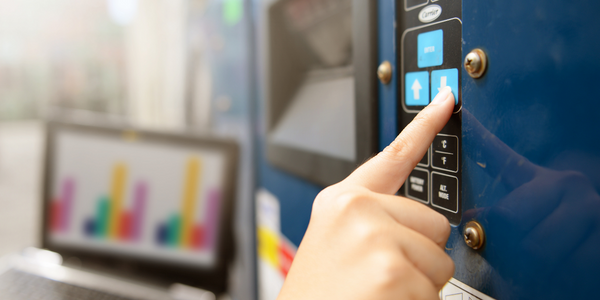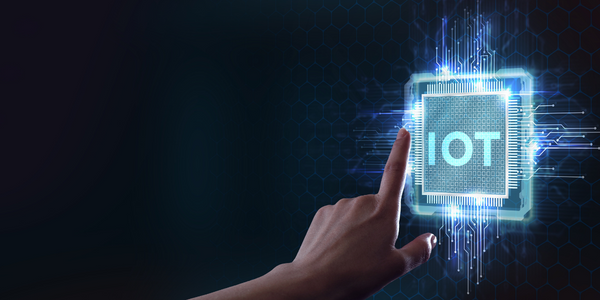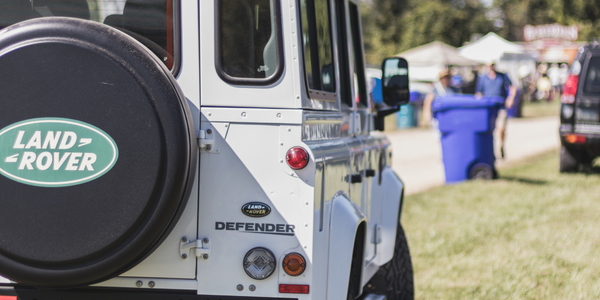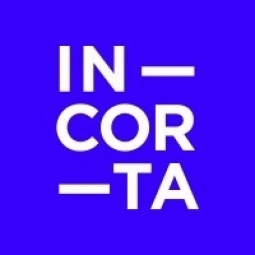Technology Category
- Analytics & Modeling - Big Data Analytics
- Analytics & Modeling - Real Time Analytics
Applicable Functions
- Logistics & Transportation
- Warehouse & Inventory Management
Use Cases
- Real-Time Location System (RTLS)
- Supply Chain Visibility
About The Customer
Nortek is a global manufacturing and technology company with over 10,000 products and millions of connected systems deployed worldwide. The company's complex business structure is further complicated by multiple new acquisitions. Nortek operates in a rapidly advancing market of IoT and smart home technologies, which adds pressure to deliver value through real-time insights. The company previously relied on manual data analysis and traditional business intelligence tools, which proved to be time-consuming and inefficient.
The Challenge
Nortek, a global manufacturing and technology company with over 10,000 products and millions of connected systems, faced significant challenges due to its complex business structure and multiple new acquisitions. The rapid advances in IoT and smart home technologies added market pressure to deliver value, which required real-time insights. However, to analyze their Oracle NetSuite ERP data, they had to dump it into Microsoft Excel and then manually apply pivot tables and lookup functions. They also used business intelligence (BI) tools like Tableau or Microsoft Power BI, which required keeping the data warehouse up to date and structured correctly. This process was time-consuming and diverted IT resources from delivering business analytics. The company was in dire need of a more efficient solution.
The Solution
Nortek adopted Incorta, a unified data analytics platform, which delivered value within three weeks, starting with real-time analytics dashboards that the company’s CEO and CFO could access on their iPads. This allowed leaders and managers to look at complex problems from any angle and solve them quickly, enabling the entire business to become strategic and action-oriented. When the government’s trade war with China threatened to impact 40% of Nortek’s business, Incorta dashboards with granular detail were created in a single day to deliver robust insights across the entire business. This enabled Nortek to implement thousands of targeted, strategic actions across their global supply chain, resulting in better outcomes for their customers, suppliers, and business.
Operational Impact
Quantitative Benefit

Case Study missing?
Start adding your own!
Register with your work email and create a new case study profile for your business.
Related Case Studies.

Case Study
Remote Temperature Monitoring of Perishable Goods Saves Money
RMONI was facing temperature monitoring challenges in a cold chain business. A cold chain must be established and maintained to ensure goods have been properly refrigerated during every step of the process, making temperature monitoring a critical business function. Manual registration practice can be very costly, labor intensive and prone to mistakes.

Case Study
Leading Tools Manufacturer Transforms Operations with IoT
Stanley Black & Decker required transparency of real-time overall equipment effectiveness and line productivity to reduce production line change over time.The goal was to to improve production to schedule, reduce actual labor costs and understanding the effects of shift changes and resource shifts from line to line.

Case Study
Jaguar Land Rover Speeds Order-to-Cash Cycle
At Jaguar Land Rover, vehicles physically move around the facility for testing, configuration setting, rework and rectification, leading to a longer search time to get each vehicle to its next process facility. The main goal is to minimize the vehicles' dwell time between end of line and the delivery chain which was previously a manually intensive process. Jaguar Land Rover's goal was to build on the success of an earlier RFID project and improve the efficiency of delivering vehicles to meet dealer orders.

Case Study
Retail Uses RFID to Enable Cold Chain Monitoring
Like most grocery retailers, Hy-Vee is faced with the challenge of providing the highest quality products to its shoppers. Shoppers want the longest possible shelf life from perishable products and expect a consistent product experience each time they shop. Controlling the quality of products sold leads to shopper loyalty, which is of paramount importance to the success of Hy-Vee. Before products arrive in stores, Hy-Vee's distribution centers (DCs) handle items including dairy products, fresh meats, seafood, deli items, produce and frozen goods, all of which have different temperature needs and sensitivities. During transit from suppliers to DCs, Hy-Vee has limited visibility and temperature management abilities due to large amount of supplier managed transportation. For instance, during a week-long transit, a supplier's carrier equipment may malfunction, causing an item to thaw and then refreeze once repairs are made. Hy-Vee sought help from TempTRIP, an RFID solution provider that focuses on shipping, storage, receiving, and temperature control. TempTRIP's EPC RFID tags use Impinj chips to monitor and report temperature readings throughout the shipping and receiving process. The tags can also be re-configured and re-used, a unique feature within the current market of temperature monitoring devices.









